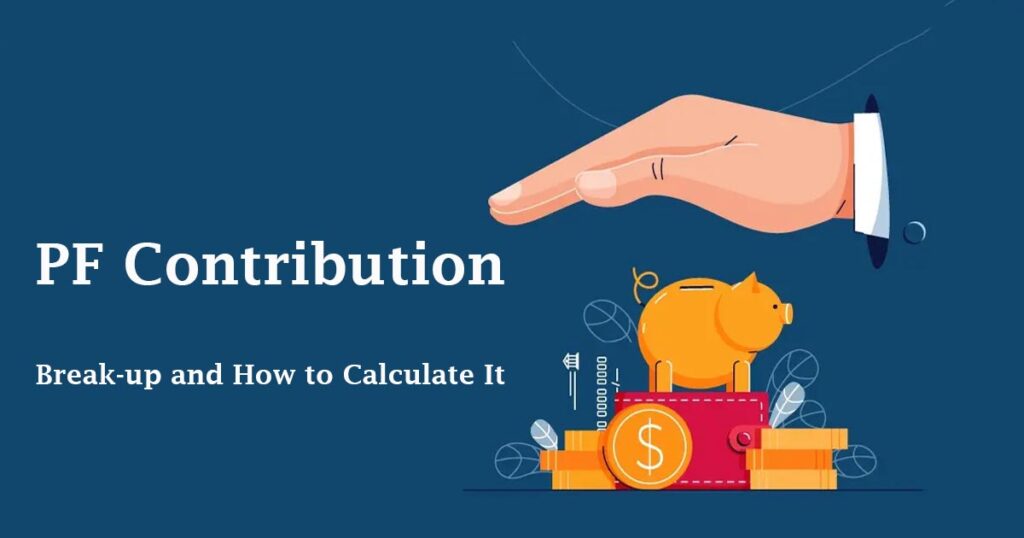Provident Fund (PF) is an important component of employee benefits, which ensures financial security and stability for workers. Both employees and employers contribute to PF accounts, which can be beneficial during retirement or in times of financial need. In this article, we will explore the breakdown of PF contribution and provide guidance on how to calculate it accurately.

Division of PF Contribution
PF contribution has two parts: employee contribution and employer contribution. Let’s take a closer look at each one:
Employee Contribution: As an employee, you are required to contribute a certain percentage of your salary to the PF. The contribution rate is usually 12% of your basic salary plus dearness allowance. However, it is important to note that the actual contribution may vary depending on the terms of your employment and the rules of your organization.
Employer’s Contribution: Employers are also obliged to contribute to the PF account on behalf of their employees. Like the employee contribution, the employer contribution is usually set at 12% of the employee’s basic salary plus dearness allowance. This contribution from the employer helps in building the retirement corpus of the employee.
Calculation of PF contribution
To calculate the PF contribution accurately, follow these steps:
Determine Basic Pay: Identify the employee’s basic pay, which forms the basis for calculating PF. It usually excludes other elements such as allowances, bonuses or overtime pay.
Calculate the employee contribution: Multiply the basic salary by the employee contribution rate, which is usually 12%. This will give you the amount that the employee is required to contribute to the PF.
Calculate the employer’s contribution: Just like the employee’s contribution, multiply the basic salary by the employer’s contribution rate, which is also 12%. This will give you the amount required to contribute to the employer’s PF.
Important considerations
While calculating the PF contribution, keep the following points in mind:
Salary ceiling: Contribution rates apply to salary up to a certain limit, known as salary ceiling. Currently, the salary ceiling for PF contribution per month is Rs. 15,000 has been fixed. This means that if an employee’s basic pay exceeds this amount, the contribution will be calculated at Rs. 15,000 will be based on
Voluntary Contribution: Apart from the mandatory contribution, both employees and employers can make voluntary contributions to the EPF account. These voluntary contributions can help build a substantial retirement corpus.
Break-up of employee share: Within employee contribution, one part goes to Employee Provident Fund (EPF) and another part goes to Employee Pension Scheme (EPS). Contribution towards EPF is calculated on the basis of basic pay and dearness allowance, while contribution to EPS is a fixed percentage of basic pay.
Conclusion
It is important for employees and employers to understand the breakdown and calculation of PF contribution. By knowing how much is contributed to a PF account, individuals can plan for their future financial well-being. Employers, on the other hand, can ensure compliance with PF rules and fulfill their obligations towards employee benefits.






